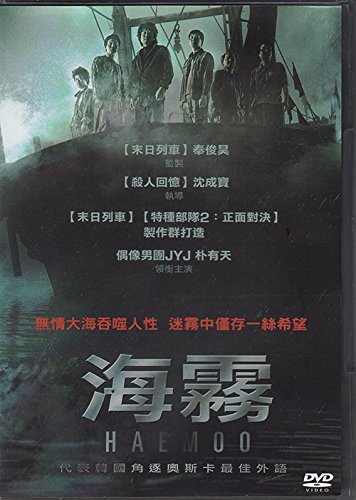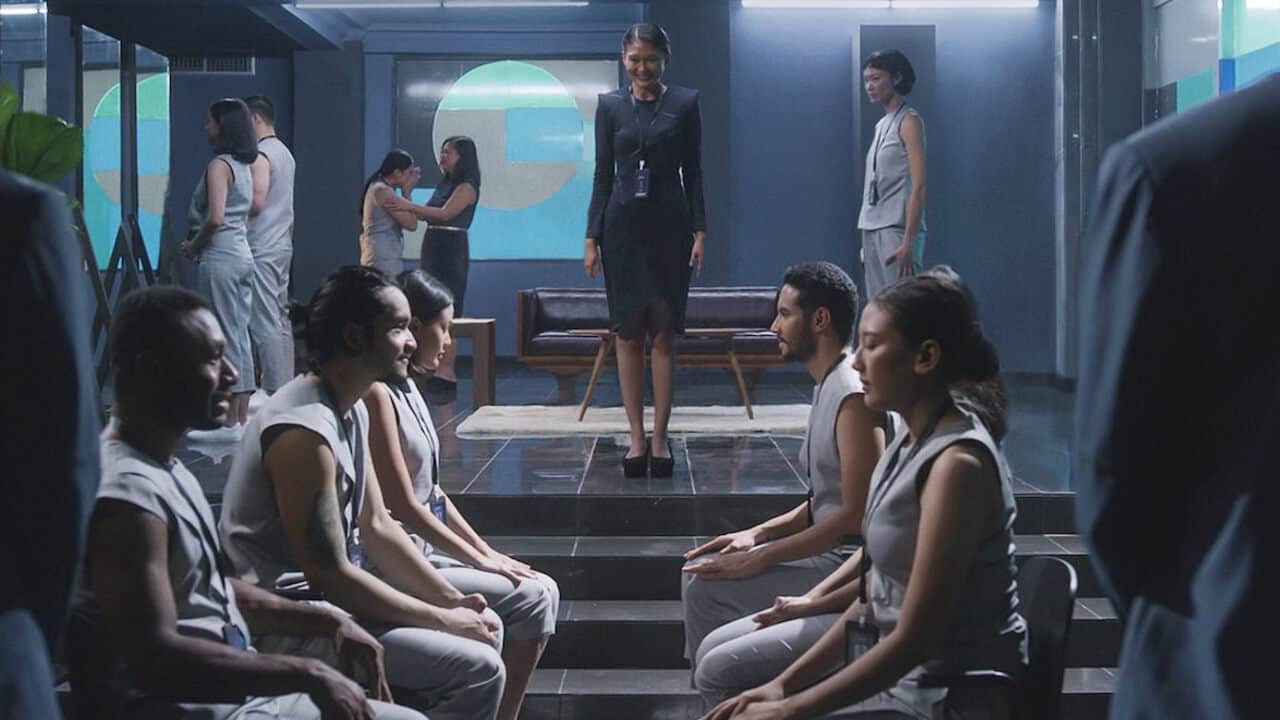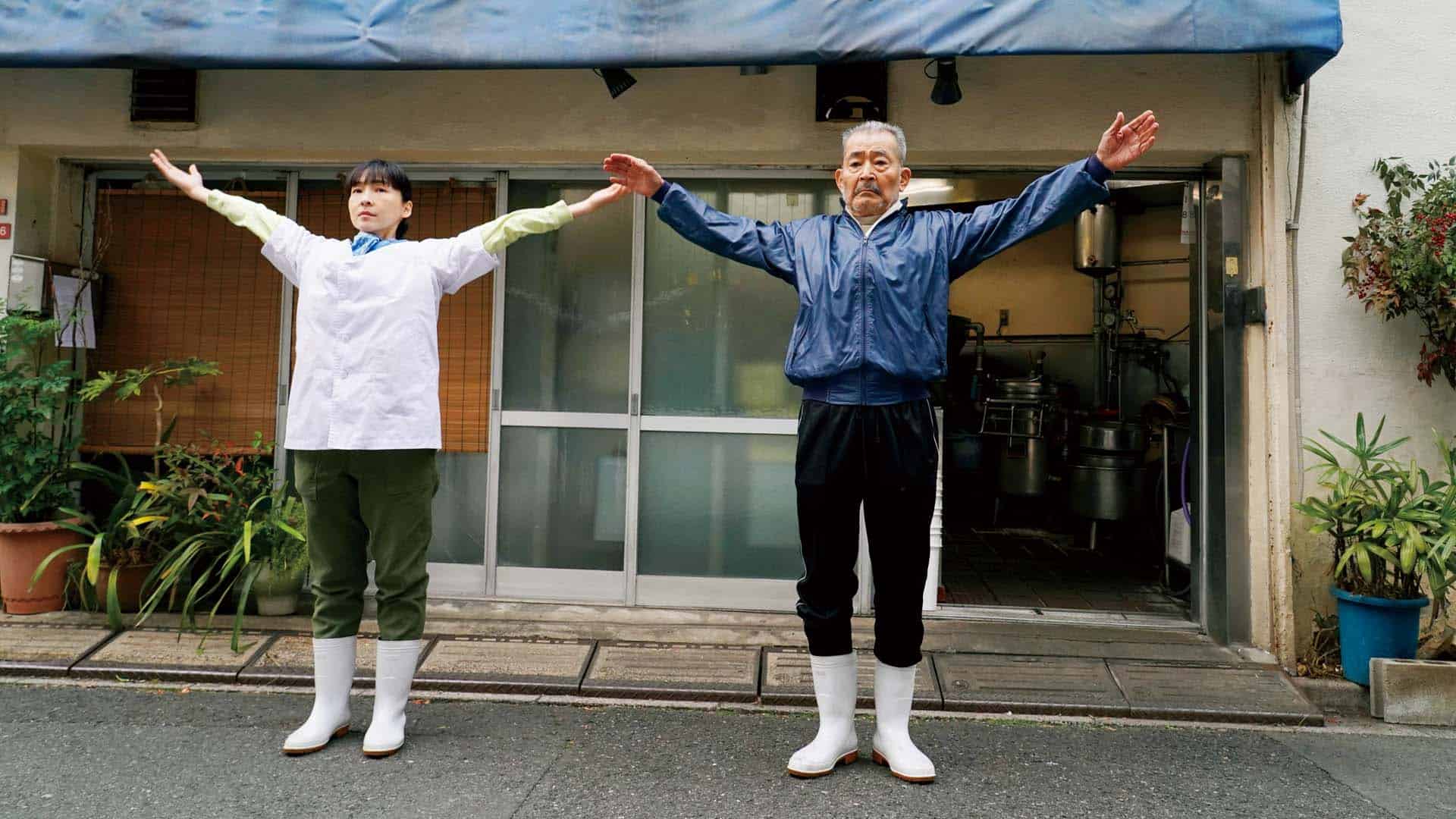The film is based on an actual incident, when 25 illegal Chinese immigrants died from asphyxiation in a ship's hold, as it was transporting them to S. Korea, with the crew then throwing the bodies in the sea. The incident almost caused a diplomatic episode between S.Korea and China, with the former publicly apologizing for the incident. The circumstances surrounding the incident have shocked the South Korean public, and the government issued a statement expressing regret over what it called an inhumane and criminal act.

The story takes place in 1998, three years before the case, when captain Kang, hit by the financial crisis brought by the IMF, is forced to transport Chinese immigrants to S. Korea. The trip ends up being “with no return” for Kang and his crew, whose hypocritical kindness towards their passengers vanishes as soon as things start going the wrong way. As a thick fog starts covering the ship, violent incidents start occurring and a bizarre mania seems to take over the sailors: the bald boatswain Ho-young, the technician Kyung-koo, the chief mechanic, Wan-ho, and his sex-driven assistant Chang-wook. The only one who seems to retain a shred of humanity is Dong-shik, whose love for a passenger named Hong-mae, makes him turn against the rest of the crew.
Shim Sung-bo wrote (along with Bong Joon-ho) and directed his debut film, creating a horrific spectacle, particularly due to its raw realism. This component begins with the depiction of the everyday life of those working on the boat, a team of poor misers who have to live in it, having an equally dissatisfying life, both in sea, where they have to work all day, and on land, with most of them staying inside due to lack of money or dealing with prostitutes. Furthermore, the depiction of the general poorness of the era is evident, both in the environment the film takes place in, and in the dialogues, where the great amounts of money they used to earn in previous years, is frequently mentioned. In that aspect, the captain's decision to turn to illegality and the crew's acquiescence are justified to a large degree by Shim, in contrast to the authorities' corruption and the final outcome.
The film starts as a social drama, but, from a point on, it transforms into a claustrophobic, violent thriller, with the fog surrounding the boat being one of the most important factors in the shaping of this atmosphere. Shim has done an excellent job in both aspects, with the sole exception of the romance, which seems out of context with the rest of the incident, as is the case with the love scene between Dong-shik and Hong-mae. The reason for that, though, is Park Yoo-chun's presence in the role of Dong-sik, upon whose popularity Shim wanted to “invest,” probably for commercial reasons.
From the rest of the cast, the one who stands apart is Kim Yun-seok as Captain Kang. He presents a character who initially seems as a victim of the political and financial circumstances, but, as the story progresses, and particularly during the moment of crisis, he turns into an unconscionable and terrifying individual, ending up as the most tragic figure of the story. With his character, the director exhibited how cruel human nature can become, with Kim presenting this notion in the best way.
Technically, the film benefits the most by Hong Kyung-pyo's cinematography, that presents grotesquely realistic images and Kim Jae-beom's editing that retains the tension during the scenes occurring in the fog. The particular sequence is the one where the technical aspect truly shines.
Although a bit excessive in the depiction of violence, “Sea Fog” is a highly realistic film that shows that immigration is a global issue whose solution is still far ahead.
















